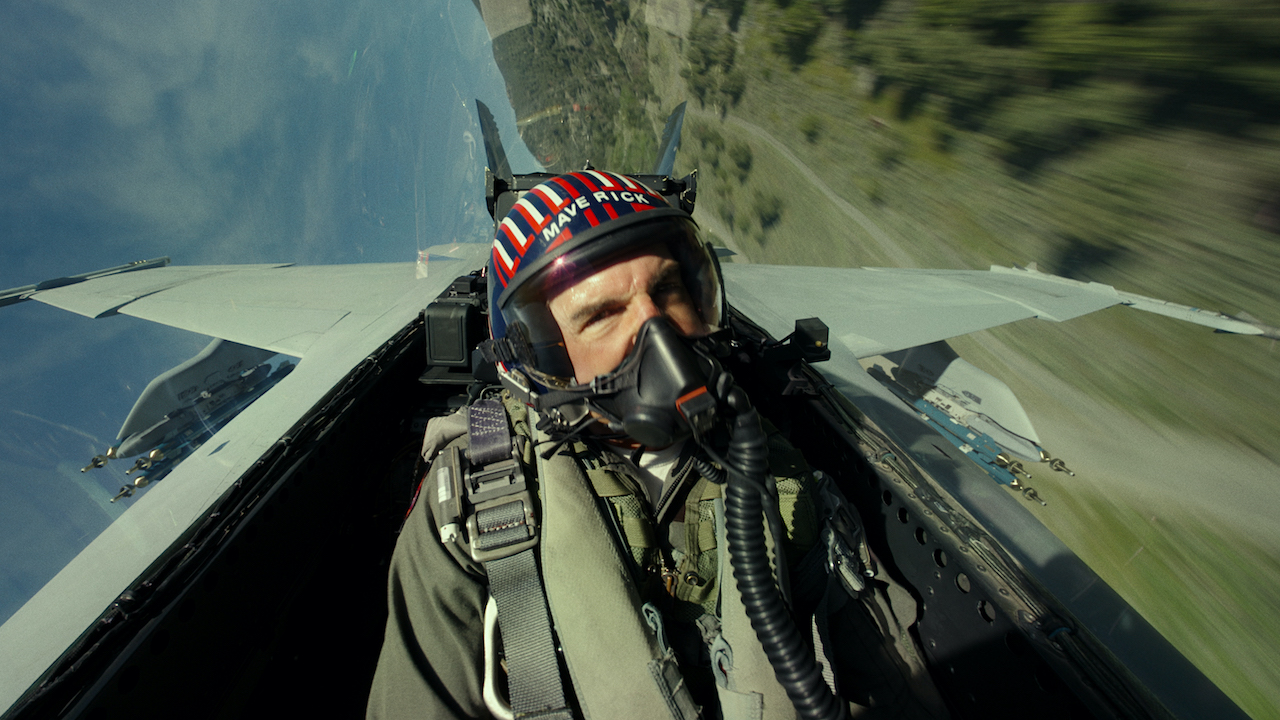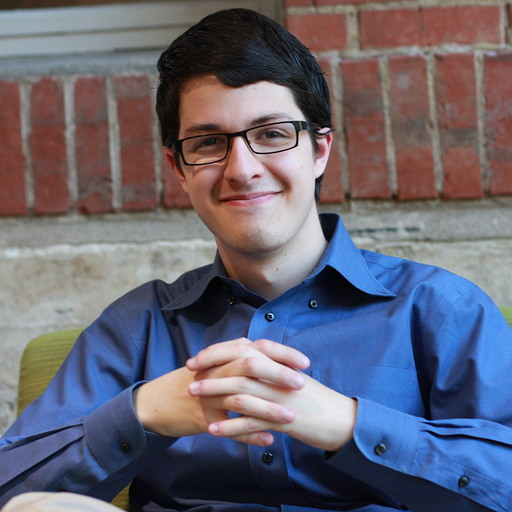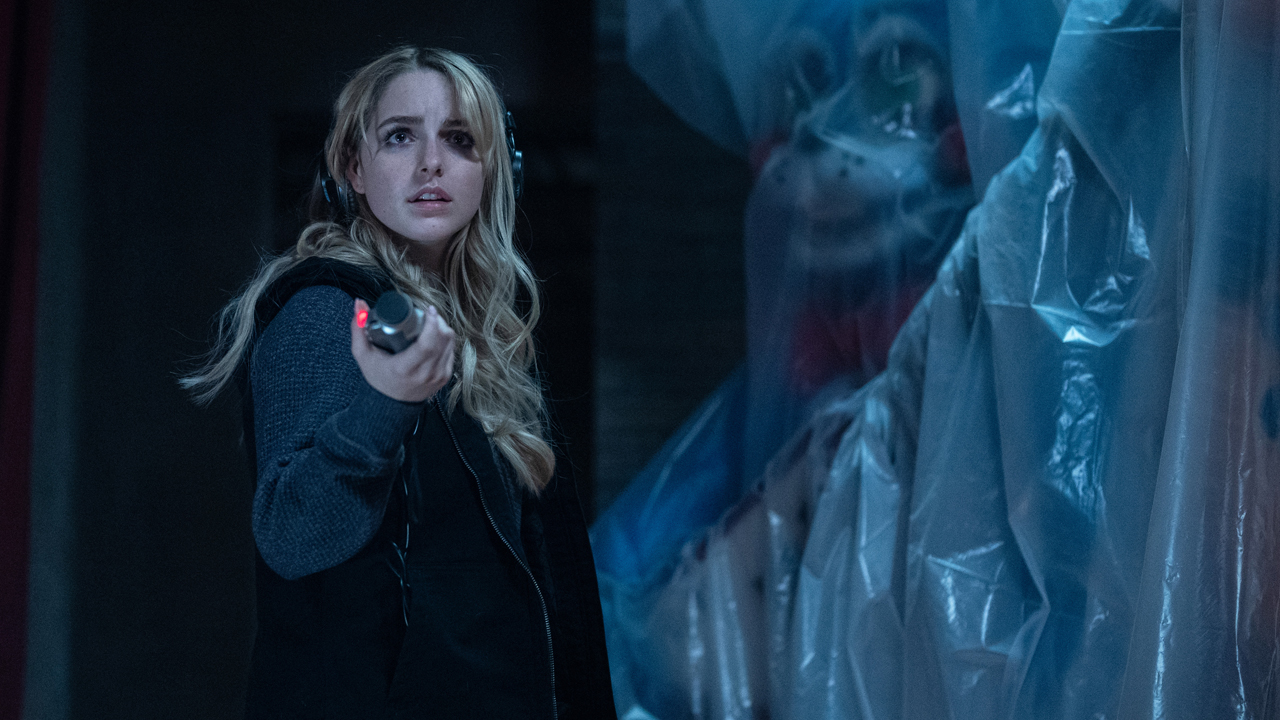Top Gun: Maverick Aerial Coordinator Shares Challenges He Ran Into On The Tom Cruise Movie And Why He’s Especially Proud Of The Final Sequence
The sky's the limit with Top Gun: Maverick.

Along with being the only movie of the year to cross $1 billion so far, Top Gun: Maverick has also been met with critical praise from both professional critics and general audiences over the last three months. Naturally one of the big ways the sequel stands out is with its dazzling aerial sequences, and following in the footsteps of those who worked on the original Top Gun, the Maverick team opted to take to the sky and put its actors in these planes rather than overly rely on CGI. But there were certain challenges that came to pulling off these moments, which I learned about from aerial coordinator Kevin LaRosa, who also informed me about why he’s especially proud of Maverick’s final sequence.
I was able to speak with Kevin LaRosa on behalf of the junket commemorating Top Gun: Maverick becoming available to buy digitally. In addition to explaining to me why he and the rest of Maverick’s aerial department were impressed with Monica Barbaro, who played Natasha “Phoenix” Trace, LaRosa went over how dealing with new technology factored into the making of this 2022 movie. As he explained:
Well I would think the biggest challenge is everything on Top Gun: Maverick was a lot of new technology. New cameras, new lenses, new camera gambles on the jets, new jet platforms that had never been used before to film the movie. So there’s giant emphasis on trying to raise the bar as far as aerial cinematography. In order to do that, we had a lot of new equipment, and with new equipment, things break, things need testing, things need [to be] modified, and we had really great people who made that happen on the fly so we could keep working. So I think that’s the biggest challenge, is just having so much new equipment, mounting that equipment on the sides of F18s and on the inside of F18s, that was all new stuff, and I think our team did a really good job.
As mentioned earlier, Top Gun: Maverick could have easily gone the CGI route with this movie’s flying, but as producer Jerry Bruckheimer recalled to me, before Tom Cruise called Paramount Pictures to get the sequel greenlit, the actor told director Joseph Kosinski that he wanted to “make it real” and have “everybody in those planes.” As a result, Kevin LaRosa and his team had to figure out the right equipment to use and adjust that could be attached to these planes and effectively capture the footage needed to make Maverick a captivating thrill ride. In the end though, LaRosa was pleased with how this aspect of the filmmaking process turned out.
I also inquired with Kevin LaRosa during our conversation about which stunt or maneuver he was especially proud of how it turned out, and the aerial coordinator selected the movie’s final sequence, which saw Pete “Maverick” Mitchell, Miles Teller’s Bradley “Rooster” Bradshaw and the other starring pilots carrying out their mission to destroy an unsanctioned uranium enrichment plant and the nearby air base protecting it. LaRosa recalled what it was like to shoot this portion of Top Gun: Maverick thusly:
Yeah, I love all the sequences in the movie, and Joe Kosinski’s an amazing storyteller and even better aerial storyteller as I learned on this movie, and there’s this natural progression of every aerial act in the movie towards the end of the movie, and we get to the final sequence, which I feel is the most energetic and visceral in Top Gun: Maverick, and that’s the mission at the end of the movie. And I’ll tell you from somebody who was flying the jets and helicopters in that final sequence, the camera helicopter and camera jets, it was equally as exciting as watching the movie as being there in real life. That terrain is real, it’s the upper Northwest, the Cascade mountain range, huge vertical developments, snowy peaks and ice ridge lines, everything you could imagine, and we were operating these aircraft to their limits within that environment. And I’m very proud of what our team, our actors, our cast and our crew [had] done in that type of environment to make those pictures reality.
Along with coordinating Top Gun: Maverick’s aerial sequences, Kevin LaRosa also oversaw Tom Cruise and many of the other actors’ extensive flight training. He started them out on a Cessna 172, then transitioned to the Extra EA-300, which was followed by the L-39 and, finally, the F-18. However, as civilians, the actors were not allowed to actually fly any of the military aircraft, but thanks to LaRosa, they could if need be, and by the end of filming, the man described Cruise and the gang as “seasoned pros” able to “deliver epic performances.”
Physical media lovers can look forward to the 4K, Blu-ray and DVD copies of Top Gun: Maverick coming out on November 1. As soon as it’s announced when Paramount+ subscribers will be able to stream Maverick, we’ll share that information.
Your Daily Blend of Entertainment News

Connoisseur of Marvel, DC, Star Wars, John Wick, MonsterVerse and Doctor Who lore, Adam is a Senior Content Producer at CinemaBlend. He started working for the site back in late 2014 writing exclusively comic book movie and TV-related articles, and along with branching out into other genres, he also made the jump to editing. Along with his writing and editing duties, as well as interviewing creative talent from time to time, he also oversees the assignment of movie-related features. He graduated from the University of Oregon with a degree in Journalism, and he’s been sourced numerous times on Wikipedia. He's aware he looks like Harry Potter and Clark Kent.
